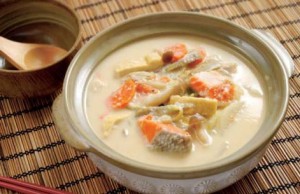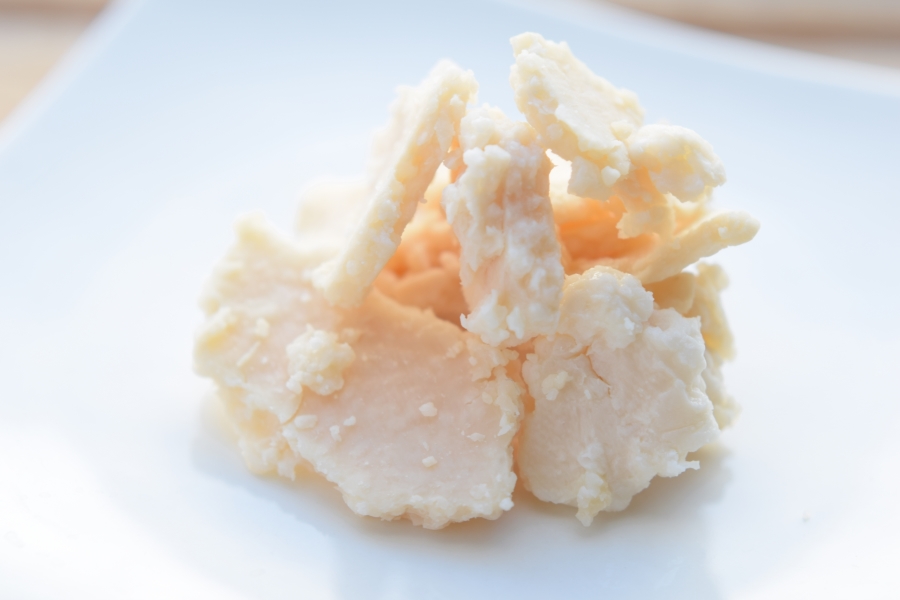Sakekasu is made from steamed rice and kome-koji (rice malt). During the fermentation process that produces sake, the solids, or lees, that remain after the liquid is captured is called sakekasu.
Contents:
What is Sakekasu?
Sakekasu has health as well as cosmetic applications. It contains protein, carbohydrates, dietary fiber, vitamins, organic acids, and minerals. It also provides folic acid and amino acid peptides, Aspergillus, and yeast-derived β-glucan. Sakekasu may also prevent osteoporosis and constipation and may lower bad cholesterol levels. Since it is said to fight against modern disease, sakekasu is a food that we want to eat routinely. It also has benefits as a skin moisturizer and is widely used as a raw material in soap and cosmetics. Sakekasu can be used as a face pack and in bath water. By using a great deal of sakekasu, you’ll see effects inside and out.
Preservation Method
Store it in a cool and dark space such as the refrigerator. If you notice a white powder appearing on the surface, it is just crystallized tyrosine, an amino acid. This is not a problem. For large quantities of sakekasu, it’s a good idea to freeze it in small portions soon after purchase.
How to Cook Sakekasu
Kasu Jiru Recipe

Ingredients (Serves 2)
- 1/2 pack Nijiya Sakekasu
- 2 slices salmon
- 2 leaves Chinese cabbage
- 1/6 daikon
- 1/3 carrot
- 2 taro
- 1/4 burdock
- 1/2 pack shimeji
- 1 Tbsp. miso
- 1 pack Nijiya Wafu Dashi
- 750ml water
Cooking Directions
- Put in sakekasu and 250ml of water into a pot and let it dissolve on medium heat.
- Cut the salmon into bite-size pieces and the cabbage into 2cm widths. Slice the daikon and carrot as desired. Cut the taro into bite size, then quickly boil. Slice the burdock thinly and soak in water. Trim the ends of the shimeji.
- In another pot, put in the rest of the water and the dashi. Add all the other ingredients except the salmon. Cook on medium heat. When the vegetables soften, put the salmon in.
- Put in the sakekasu from Step 1. Stir in the miso, and serve.

